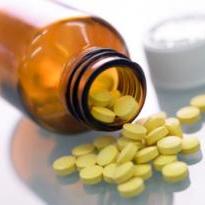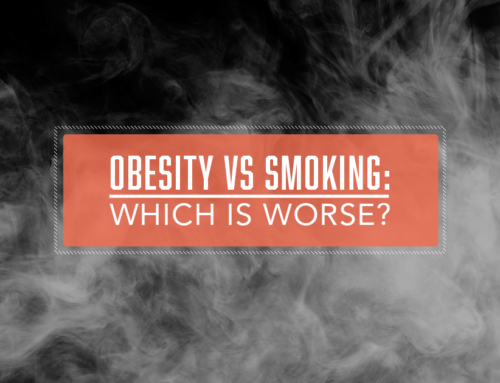We are all aware that our lifestyles and diet may have changed over the years. With food travelling further and lasting longer, more convenience food and less exercise in our busy lives, most of us are a little less active and a little heavier.
This change in lifestyle is often, justifiably, blamed for the rise in obesity and type II diabetes. However, new studies show that there may be a further culprit in the ever increasing rate of American diabetes and obesity, and it is all around us.
Exposure to chemicals, found in a variety of everyday items, including plastic water bottles, cash register receipts, toilet paper and pesticides can alter our hormone signals, trick fat cells into producing more fat and affect the release of insulin, which regulates the breaking down of fat, carbohydrate and sugar.
One of these endocrine disruptors, known as Bisphonal-A, or BPA is commonly used in plastic drinks bottles and tin linings, meaning that we are exposed to tiny amounts without knowing it. In fact, researchers claim that 90% of people in developed countries have BPA in their blood. Scientists say that BPA mimics estrogen and can nearly double the amount of insulin released by the pancreas, causing slower metabolism of food and contributing to type II diabetes and excess weight.
Although BPA has been used extensively for over 50 years and its use is regulated, the effects are undeniable and we may need to adapt our lifestyles to accommodate the use of such chemicals.
These suspicions support our belief that westernized food preparation and transport methods can modify the nutritional qualities of food as well as introducing potentially gene-mutating and hormone changing chemicals into the body. It is therefore no surprise that more and more over weight people are having weight loss surgery abroad to address weight related health issues.
At Angeles Health we believe that diet is the first form of medicine and we assess the dietary requirements of our alternative cancer treatment patients to give their body the best chance of fighting the disease.






